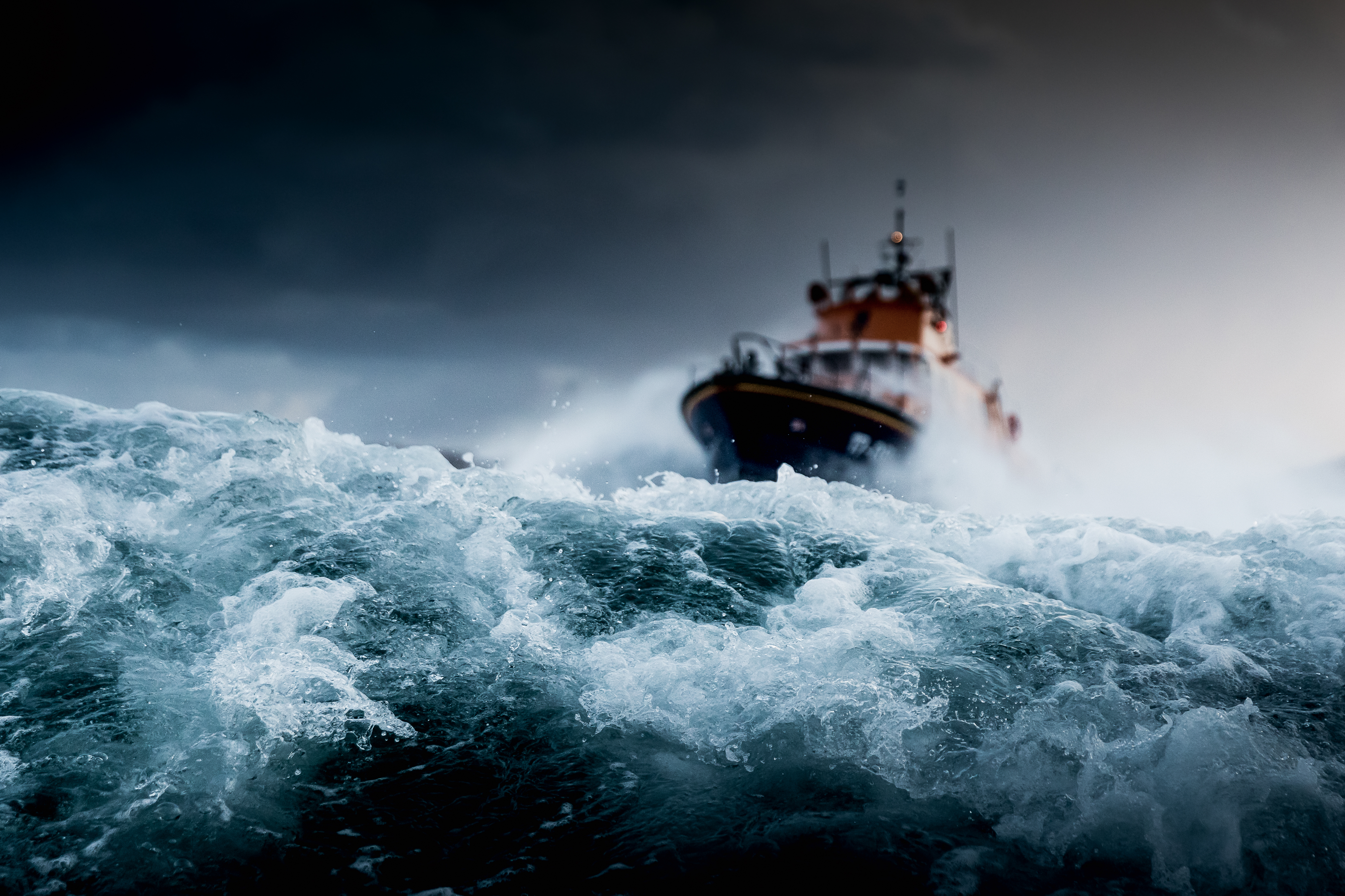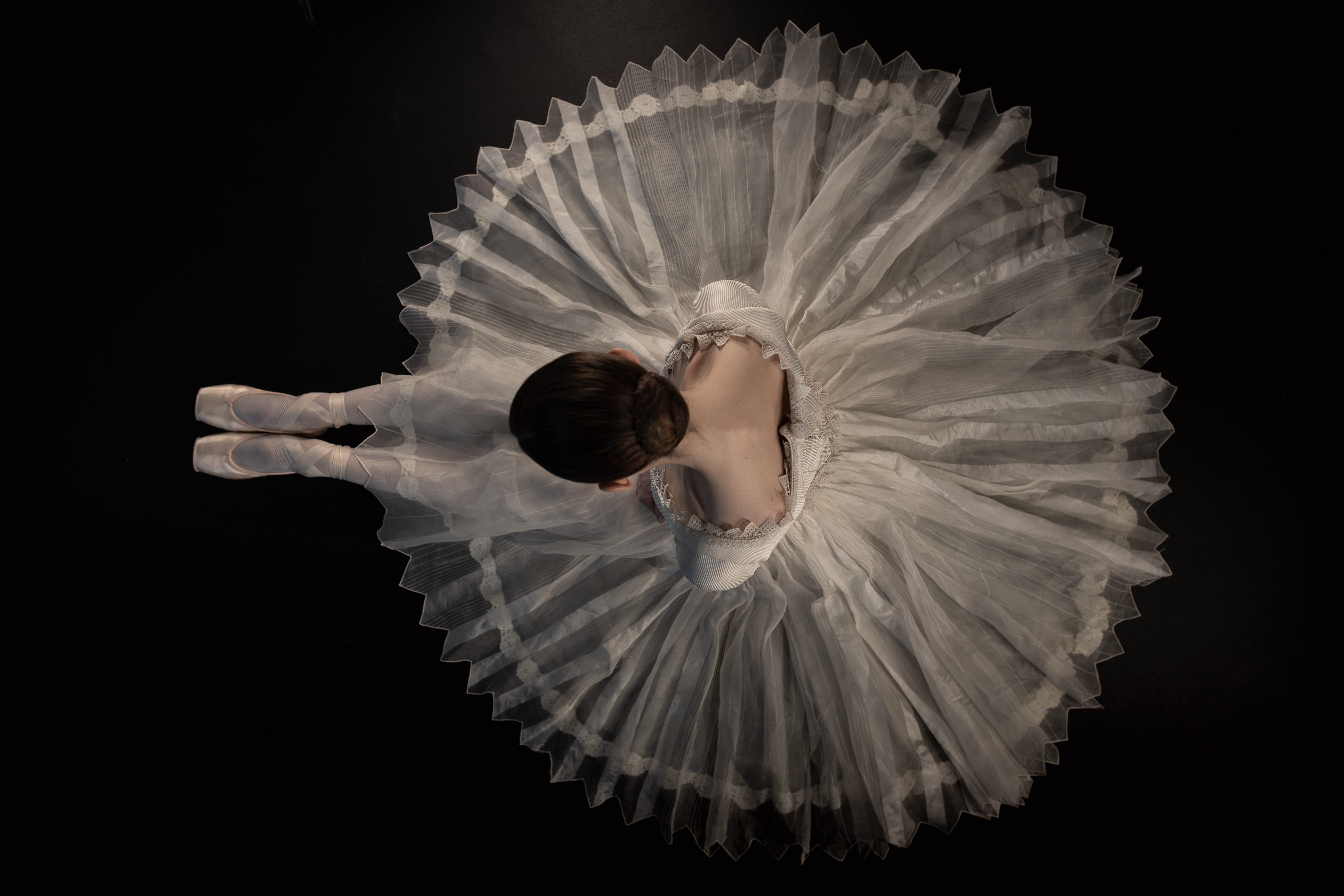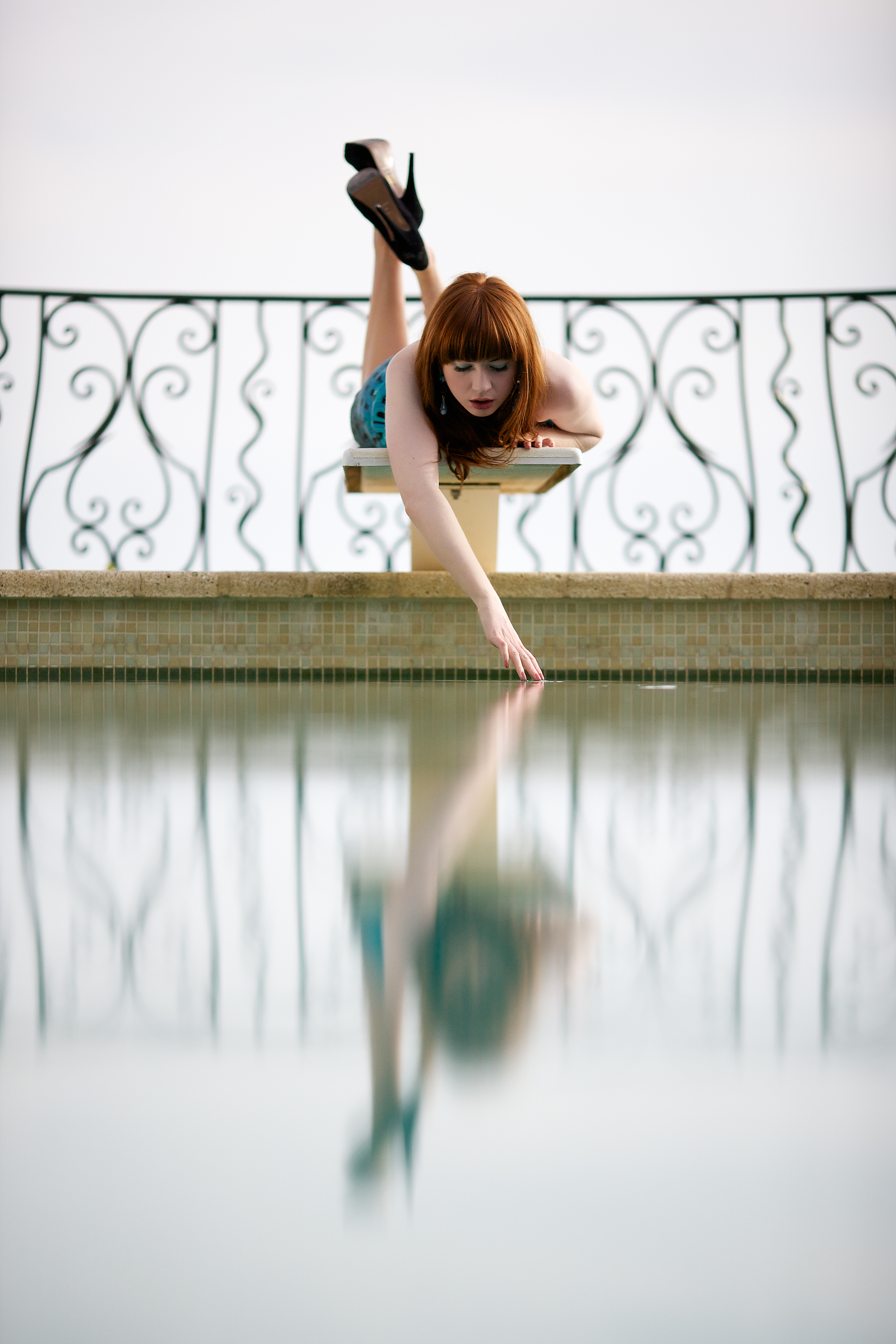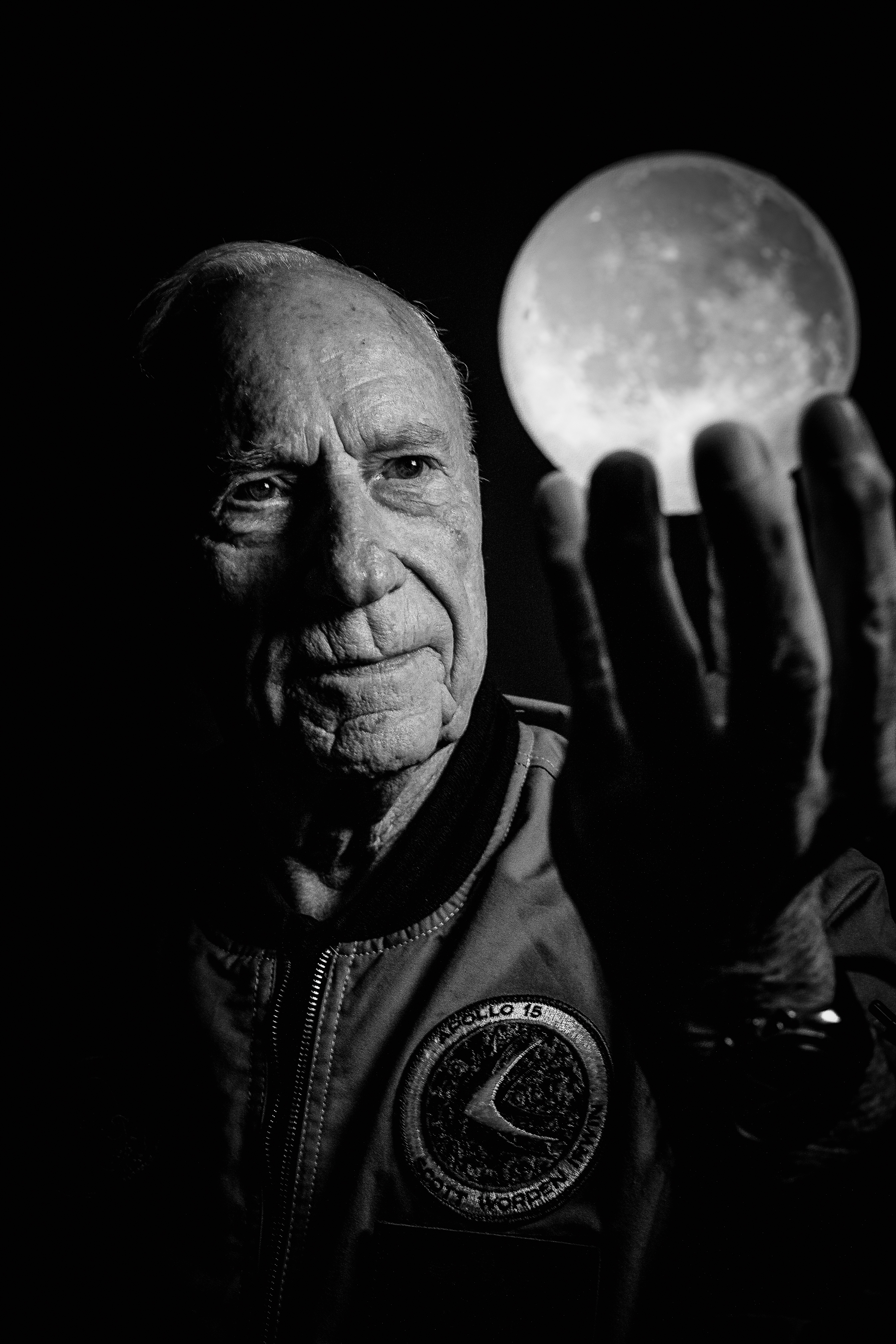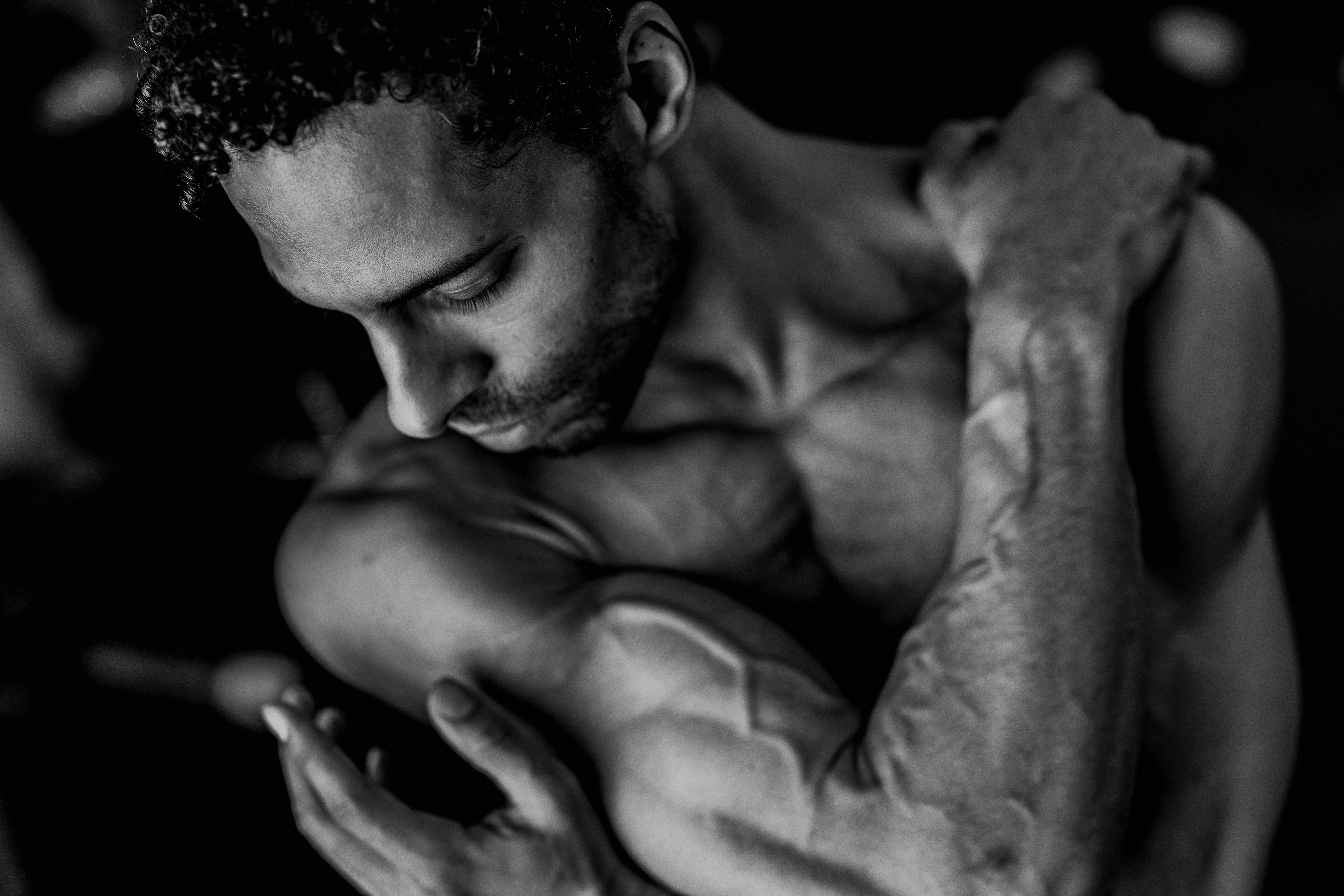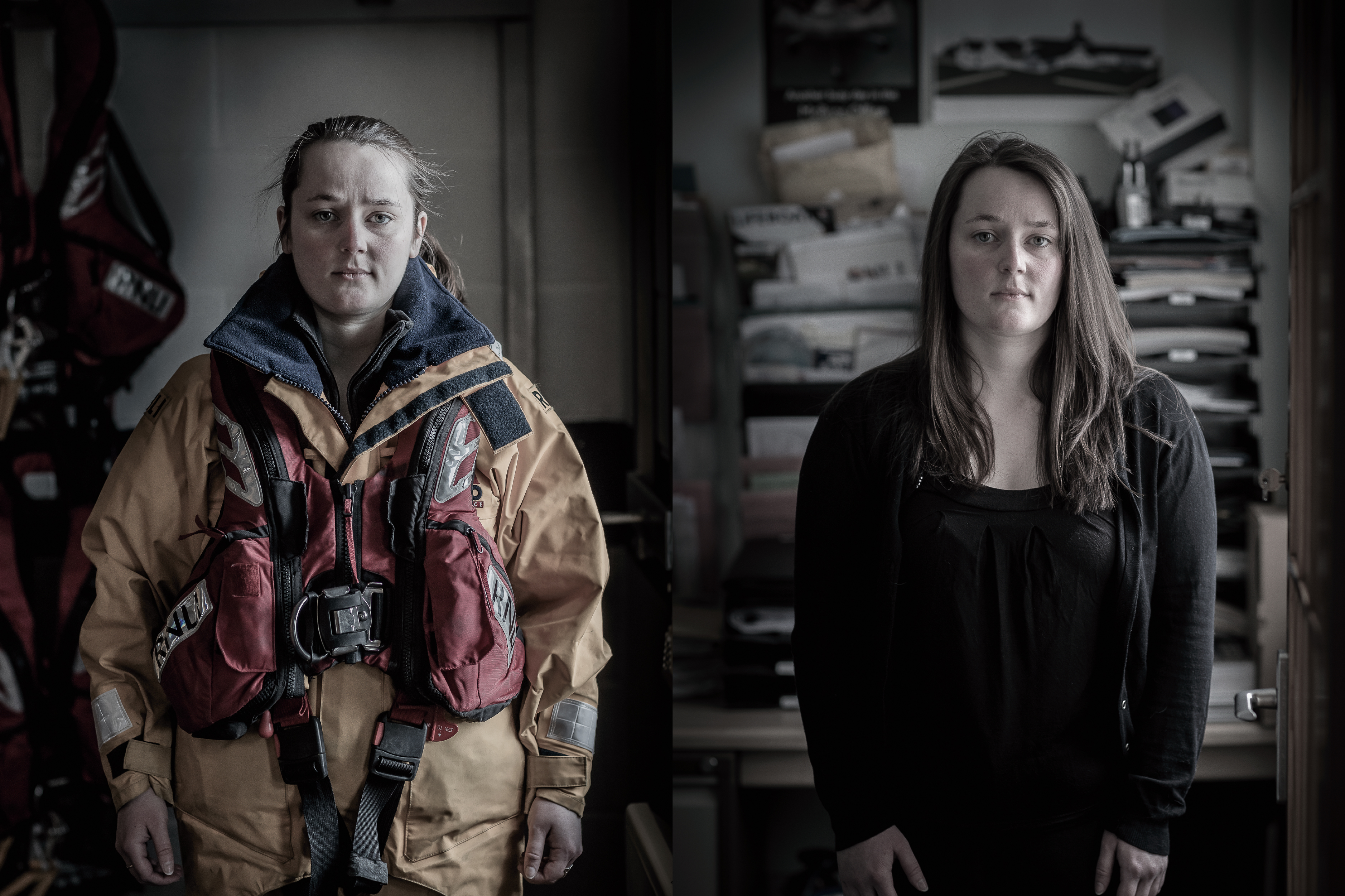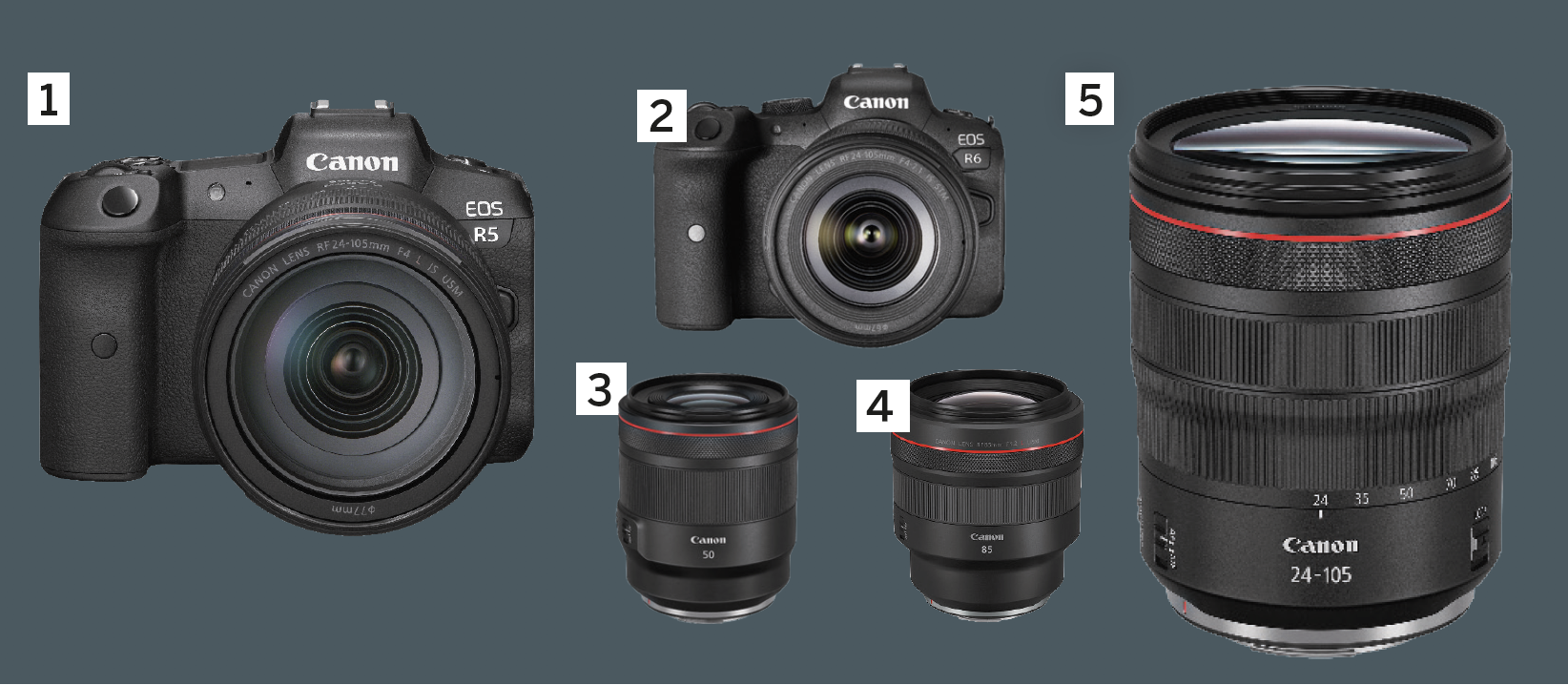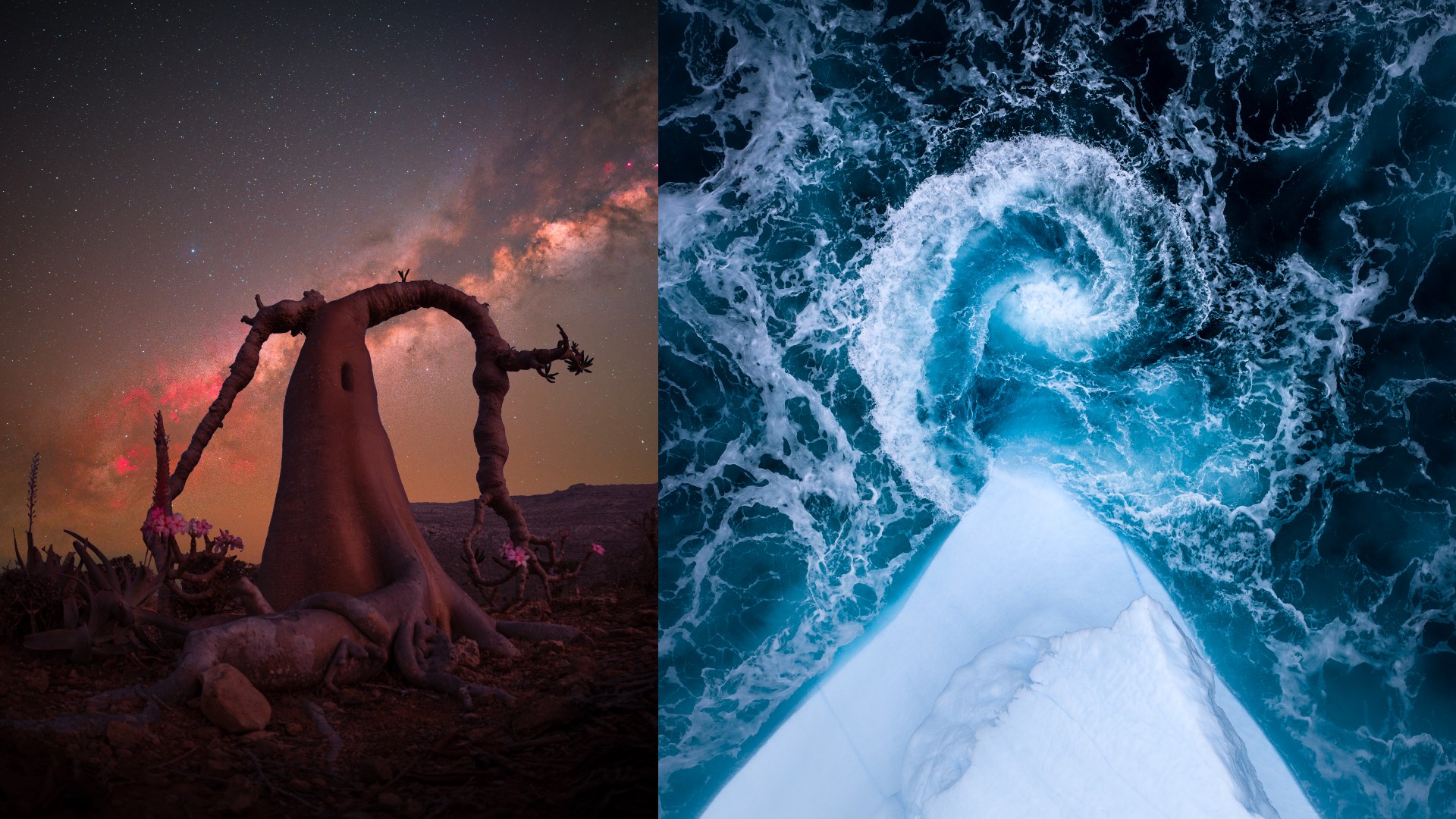Interview: Clive Booth on shooting Canon, Don McCullin and Downton Abbey
The visual artist shares stories from the last year, and how serendipity, personal projects and perfectionism have shaped his extraordinary career
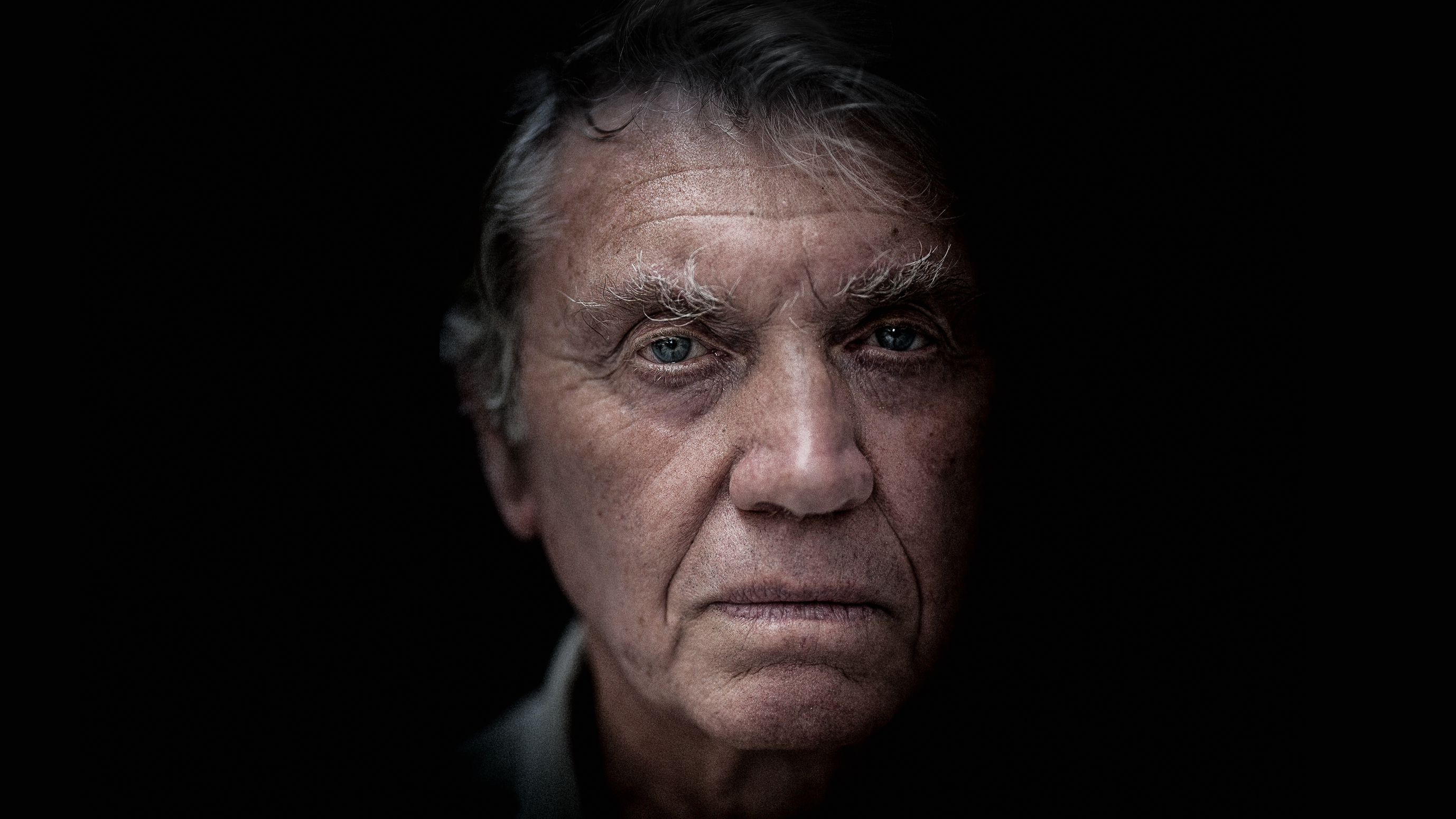
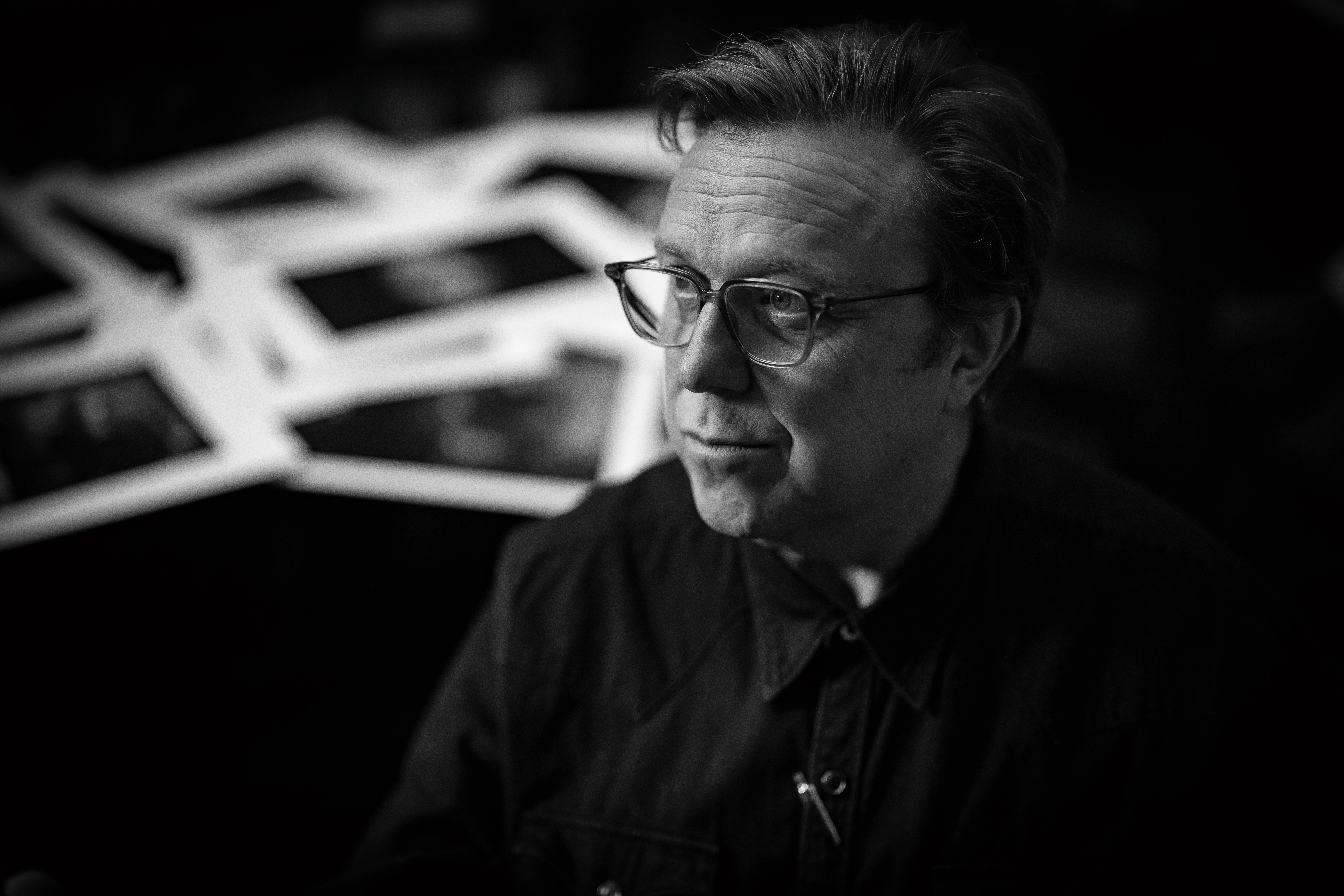
Clive Booth is a professional photographer, filmmaker, designer, writer, speaker and teacher. He is a member of the Canon Ambassador Programme, the Adobe Influencer Programme and an advisory board member for the Ideas Foundation.
Clive Booth came to photography late in his career after spending 20 years as a graphic designer, having worked with major clients around the world from British Airways to Adidas.
Attributing his professional photographic success to one serendipitous event would be to completely disregard his skill, dedication and drive for visual artistry and communication. But it was a lavish tribute to fashion photographer Nick Knight in 2006, hosted by Moët & Chandon, that provided a career catalyst.
“Moët and Chandon had seen the kind of work I was doing and really liked it, so they’d started commissioning me as an event photographer for them. Nick Knight phoned me up the next day, which was a bit of a dream, and he said, ‘I’ve seen your work. I really like it. Who are you?’ I said, ‘Well, I’m a graphic designer, but I love photography’.”
Booth was invited to shoot at London Fashion Week the following year, and he went on to become Knight’s regular set photographer. “He just said, ‘Clive, do your thing,’ and I did.” Commissions soon followed, and Booth’s career as a fashion, beauty and portrait photographer and filmmaker began. “Within just a few weeks, MAC was sending me to Milan to make films of Dean and Dan Caten, Dsquared². And then, I was off in New York. It was a whirlwind, that time.”
Would Booth have found his way into photography eventually if he hadn’t been to that party? “Before this interview, I was asking myself that, and I honestly don’t know the answer. At the time, I’d actually worked on a book as a designer for another photographer friend of mine, Doug Menuez. He was the guy who really inspired me to pick up the camera. Doug was working with Steve Jobs when I first met him in the mid ’90s in San Francisco, and I was thinking, ‘You know what, I really like this’. I started to commission photographers to shoot in the way Doug shoots. His approach really stayed with me, and I evolved as a photographer because I loved the way he isolated a subject and the way he got the connection.
"He and I then went on to work together. And he supported me very much when I said I was going to start shooting. We all need that mentor, that help, and I’m very much about giving that back now.”
Through Doug, Booth also met Mark George, who went on to become his agent. “He has represented some of the greats and still does: Richard Avedon, Terence Donovan, Sir Don McCullin. When you have an agent like Mark George, what they’re looking for is a tone of voice. They’re looking for something that is distinctive, something that a photographer or a creative offers that somehow is different, and, of course, is marketable.”
The best camera deals, reviews, product advice, and unmissable photography news, direct to your inbox!
Booth’s distinctive style encapsulates selective, shallow focus and use of natural light. “That’s what I got a name for, this sort of ethereal quality. I’ve carried that all the way through, even to this day. Even with landscape photography now, I’ll shoot with telephoto lenses or portrait lenses.”
Sir Don McCullin was and is one of Clive’s great influences, but he also discovered painting masters, such as Joseph Wright, from an early age. “When I went to the Derby museum at the age of nine and saw his work, it had this huge impact on me – how light creates atmosphere and the expressions on the faces. That triggered this interest in art.”
From the outside, so many iconic careers seem to have had one lucky break. In reality, Booth has always prepared for new opportunities, reinforcing the idea that you make your own luck. “You’ve got to have the radar on all the time, because opportunity is around the next corner and you could miss [that]. I came to photography late, and Nick giving me that opportunity at the age of 40 was a huge deal for me. Without that foot into the career, it wouldn’t have happened, I don’t think. I certainly wouldn’t have had the MAC cosmetics, the L’Oréal, all the fashion films that I did, all that stuff I got known for originally.”
Throughout his career, Booth has also been a passionate teacher and speaker. In 2019, he started working on the Canon Young People program, and has previously taught on the BA and MA graphic design courses at Derby university.
He’s also been working with the Ideas Foundation and is now an advisory board member for the charity. “Our goal is to give young people the opportunities that they may not ordinarily get, and it’s all about inclusivity and diversity. We did a project with West Cumbria in 2019, working with The National Association for the teaching of English, and it just fit my skill set perfectly because I was able to work with young people, teach them camera skills, but most importantly, how important narrative is in communication.”
Booth wanted to continue to teach when the Covid-19 lockdown began last year, so he invested in being able to livestream. “It began with a simple HDMI into one camera, and it has ended up with six cameras, two computers, and 12 months of reeducating myself. I’m now sitting in this position where I can mix between cameras. I’m giving livestreams with multiple cameras using actual TV broadcast software, and I’m doing that regularly now for Canon, too.”
Booth has been a Canon ambassador for many years, and making a film for Canon Connected was the first thing he did when the Covid-19 lockdown started. He was originally asked to make a short film explaining how he uses lighting for portraiture, something that photographers could do from home, but this quickly became much more ambitious, and he created a 24-minute mini-documentary reflecting on the best portraiture in his career. Including 136 separate setups, the final video was simply and aptly titled Home.
Without an editor, sound designer, or a colourist, for the first time in his life he was in a position where he couldn’t turn to other people. “Even on the more recent film projects, I have a cinematographer. If I was going to do this, I was going to do it on my own. I cannot even begin to tell you how many takes it took me to get some of those pieces to camera and how many expletives later until it was right.
But, I was very, very focused. I make the joke, ‘A film made by me and my cat,’ because that’s kind of what it was, really. It was all about light, getting the right time of day, composition, the right lens choices. It took me about five solid weeks, that film, and I’m talking long hours.”
What’s interesting when you watch Home is how effortless and peaceful the tone is. “Everybody tells me how mindful it is. If they only knew. But it was an evolution, and it was that whole mindful approach that I wanted to give it. We’re very fortunate where we live, but last year everything stopped… all shoots stopped. It was like the world just stood still. And, of course, in the background, there was all the anxiety going on.”
The project gave Booth a real focus amidst the background chaos, and focus is something that he talks to young people about regularly. “We all, as human beings, need challenge and purpose. They’re the two key things, really, and it gave me both. What’s been nice about that Home film is that I’ve had that at the top of my page, top of all my social media for the last year, and I still get a great response. It’s kind of like a sales tool for me. It says who I am, what I do, the little stories behind what I do, and it shows the eclectic nature of my career.”
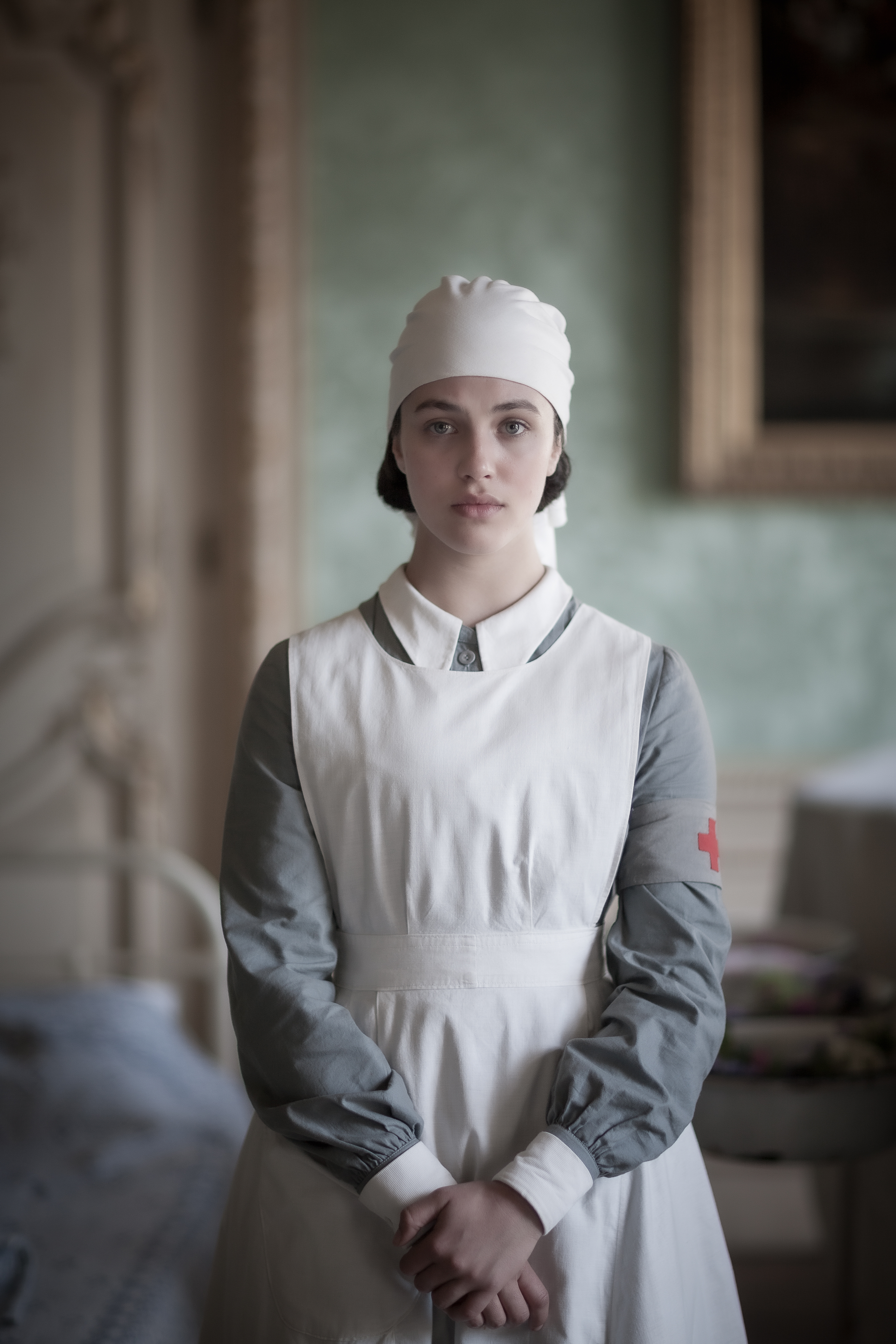
“When I went and did a Downton Abbey shoot, The Mail had gone to great effort to get me onto the set. I shot a few pictures, and then they wrapped for the day after months of preparation, and I was left with just a handful of pictures. At that point, what do you do? Do you go or do you fight? So, I went to the PR and said, “Look, I’m not going to deliver,” so I really, really appealed to her empathy and sensitivity, and she really helped me and she went away and she talked to the actors and she brought several of them back. That could have gone very wrong, but the thing is, it’s how you react to a mistake.”
Throughout our conversation – and Booth is nothing but generous with his time and answers – we return to several themes. He is a perfectionist, purpose-seeker, and very aware that whatever career success he has achieved came late. “I don’t want to cock it up ever, you know? I’m never going to produce something that I’m not proud of. You’re going to be judged by your last article, feature, whatever it might be, and it’s true.”
If you’re a perfectionist, as Booth is, making mistakes doesn’t come easy. But livestreaming has taught him that you make them, and that they’re vital for progress. “You’ve got to put yourself outside your comfort zone. I was continually evolving and developing. And now, I get, for example, asked to interview Martin Parr for Canon. It’s all live, so it’s quite terrifying. But, at the same time, when it’s over, you’re buzzing, especially when it works. I have had to adapt many times in my career: graphic designer, photographer, filmmaker, speaker, teacher, writer. And now, I tentatively use the word broadcaster.”
Booth comes across as a great innovator, and he has been shooting with Canon kit for the last two decades. “I’ve been fortunate. I’ve had many, many, firsts over the last 15 years with Canon, starting with the EOS 5D and ending up now with mirrorless. I’ve been an early adopter all my life, with computers and technology. I do have an interest in technology. You might say I’m kind of intuitive with technology.”
Since moving to the Canon mirrorless system, he estimates that his shot ratio has probably halved. But is there still too much focus on the technical aspects of shooting in the industry today? “You know, there’s a T-shirt knocking around; it’s got a dial on it and it says, ‘You’re not a photographer until,’ and it’s got the M in red. What they’re saying is you’re not a photographer until you can use your camera on manual. I don’t give a stuff. My EOS R5 now, it’s got head recognition, eye recognition...
"All I have to do is pick that camera up and press the button, and that is what I want my camera to do. I have it on AV mode, so I rack up the ISO, exposure value and the aperture. I know how a camera works, and, if I had to, I’d work with Manual, but I want to move fast and take great pictures.
“Interestingly, when I was talking to Martin Parr as part of The Photography Show, he brought this up. He said, ‘Clive, I bet you work on Manual’. I said, ‘Actually, Martin, I don’t. I don’t work on manual,’ and I went through the T-shirt story, and we had a bit of a smile about it. He said, ‘I tell you what, I work on Program. People were saying that P is now not for program, P is for Parr.’”
For Booth, cameras and lenses are enablers. “You put them between you and your subject. And, what distinguishes a good photographer is their tone of voice, just like a writer and like a journalist. If you can put your tone of voice into your work and you can tell your own story in a way that others don’t, then you’re going to be marketable. Martin Parr is a perfect example. You look at a Martin Parr picture, it could not have been taken by anybody else. This tone of voice, this stamping your DNA into your work is so fundamentally important.”
Booth’s commission list is impressive, including ad campaigns, commercials and short films for George Michael, Canon Europe, Intel, H&M, Birmingham Royal Ballet and Aston Martin. Despite this, he’s always working on a personal project. “I give talks and people wonder how I can afford to have personal projects. My answer to that is you can’t afford not to. A personal project comes from your heart, something that you’re passionate about. And if it’s a story you want to tell, it’s going to be of interest to other people, too.”
His most prominent personal work is the Ileachs (i-lacs) Project, documenting the Scottish island of Islay and its indigenous people. “I’ve been going there for 25 years. I first visited making a film about sailing and whisky – two things best left well apart. The work is hugely important to me, because I’ve got this bond with the people there and it’s like a second home. I wanted to tell their story through portraiture, landscape, seascape, flora, fauna, so I started doing that in 2013.
"Canon Europe Pro Print saw my work, liked it, and then funded me to go back and do several weeks’ worth. They used that work, that got spotted, and we then went back and launched the imagePROGRAF PRO-1000 with my work, at that point, with the RNLI.”
Personal shoots fuel inspiration and passion for the art form, but they also enable photographers to shoot without the restraint of a creative brief. “You can create something new. I gave this work a particular look. It was dark. It was gritty. It wasn’t glamorous looking in any way. But then my agent got a call from Louis Vuitton Moët Hennessy in Paris who had seen it and wanted to commission me. I shot their campaign work for Glenmorangie and Ardbeg whisky for three years on the back of doing all this personal work.”
Booth may have adapted his work in the last year alone, but his whole career is characterised by curiosity and change. “If I hadn’t adapted, I don’t know where I’d have been. Where would I have been from a commercial perspective? Where would I have been mentally? I wouldn’t have had the challenge. I wouldn’t have had the purpose. I count myself as a pretty lazy person a lot of the time. But, if I’m motivated and I’ve got something to work for, I’ll work night and day until I can perfect it.
“I go into a depression after every shoot because I look at the edit and I think, ‘Oh, this is awful. This is terrible.’ My manager Mark expects it now. We have a laugh about it, then the work grows on me and I start to love it. I know I’m not alone in this, but I’m almost never happy with anything that I do.”
So what’s next? “I don’t know. I’d like to do more of this, more conversations, because I’m enjoying it. I love talking to people. I love meeting people. Photography and filmmaking is so much about the interpersonal connection that you make. Sometimes, you can actually almost stop yourself doing something new, as you don’t want to take the risk of getting it wrong. But, the true sort of measure of somebody is how they bounce back from mistakes.”
Clive’s current Canon kit
- Canon EOS R5
- Canon EOS R6
- Canon RF 50mm F1/2 L USM
- Canon RF 85mm F1. 2L USM
- Canon RF 24-105mm F4L IS USM
Read more:
The best canon lenses in 2021
Canon R5 used to shoot Nigella's cooking show
Landscape pro Bilal Hussain shows us his essential Canon kit

Lauren is a writer, reviewer, and photographer with ten years of experience in the camera industry. She's the former Managing Editor of Digital Camera World, and previously served as Editor of Digital Photographer magazine, Technique editor for PhotoPlus: The Canon Magazine, and Deputy Editor of our sister publication, Digital Camera Magazine. An experienced journalist and freelance photographer, Lauren also has bylines at Tech Radar, Space.com, Canon Europe, PCGamesN, T3, Stuff, and British Airways' in-flight magazine. When she's not testing gear for DCW, she's probably in the kitchen testing yet another new curry recipe or walking in the Cotswolds with her Flat-coated Retriever.
